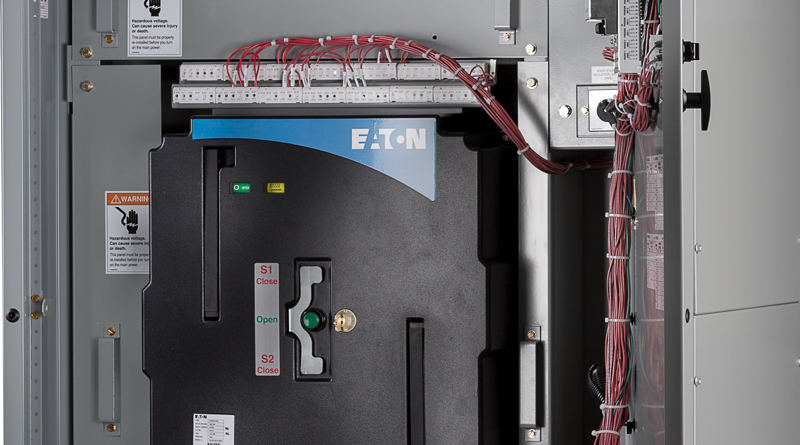Getting the Most from Your Automatic Transfer Switch
By Charlie Hume
In the event of power outages, it is critical for health care facilities to maintain continuous uptime to ensure everything from lighting to life-saving medical devices continue to operate. Because of this, health care facilities rely on UL 1008–listed automatic transfer switches (ATS) to quickly and safely transition electrical power between normal and emergency power sources.
However, a shocking number of ATS devices in these facilities are not maintained properly, or even at all. The modern ATS contains several features regarding reliability, serviceability, safety and maintenance that health care facility managers may not use or even be aware exist, and it’s important to understand your ATS technology and take the proper steps to maintain it.
Conducting Routine Maintenance

ATS is a critical component of a larger system of devices and equipment known as the essential electrical system (EES). This system is designed to ensure the continuity of electrical power throughout health care facilities during power disruptions.
Because the ATS is required to interact with other components within the system, it is important for transfer switches to be exercised occasionally under load to ensure they are functioning properly. However, facilities do not need to be concerned with the lifespan of an ATS, as these devices undergo rigorous endurance testing by UL to ensure reliability. At a minimum, transfer switches must perform 1,000 operations under full load, which is 83 years or more if exercised on a monthly basis.
In addition to exercising the ATS under load, it’s important to conduct periodic inspections to ensure the structure is free of any safety hazards or potential maintenance problems. Check the device for abnormal wear, corrosion, discoloration and loose hardware. It’s also important to ensure the power contactor is free of any dust, dirt, grease and moisture.
Using Transfer Switch Controllers
Transfer switch controllers use built-in intelligence to execute power transitions at the precise moment the normal or emergency power sources are not within programmed tolerances. Over time, these parts have become more and more innovative in their features and functionality — something facility managers should use.
For instance, the flexibility to field configure control inputs and relay outputs, or add expansion modules to meet changing needs or requirements, has become more readily available in controllers. Additionally, integral power-metering capabilities allow the user to monitor the EES and take note of any changes in demand that can have an adverse effect on facility operations, efficiency or capacity.
Using Bypass Isolation Switches
Serviceability in conjunction with safety is a key area of concern for many health care facilities, and transfer switches are being revamped to meet those requirements. Bypass isolation switches in particular have been modernized to meet the need for concurrent maintainability.
Bypass isolation switches have dual-automatic transfer switches that provide redundancy for critical applications, which assists with maintenance concerns, or worst case, a malfunction or outage. The primary ATS handles day-to-day distribution of electrical power to the load, while the secondary ATS serves as a backup. During repair or maintenance procedures, a technician can bypass power around the primary ATS through the secondary ATS to ensure that critical loads remain powered without interruption.
Knowledge Is Power
Having reliable power is a necessity for health care facilities to ensure the health and well-being of their patients. By properly maintaining and optimizing the use of their transfer switches, facilities will maximize safety and uptime while extending the life of their equipment.
Charlie Hume is a product manager, automatic transfer switches, at Eaton, an international power management company and technology leader. In his role, he is responsible for overseeing development and delivery of Eaton’s transfer switch solutions, including breaker-based and contactor-based switches.

